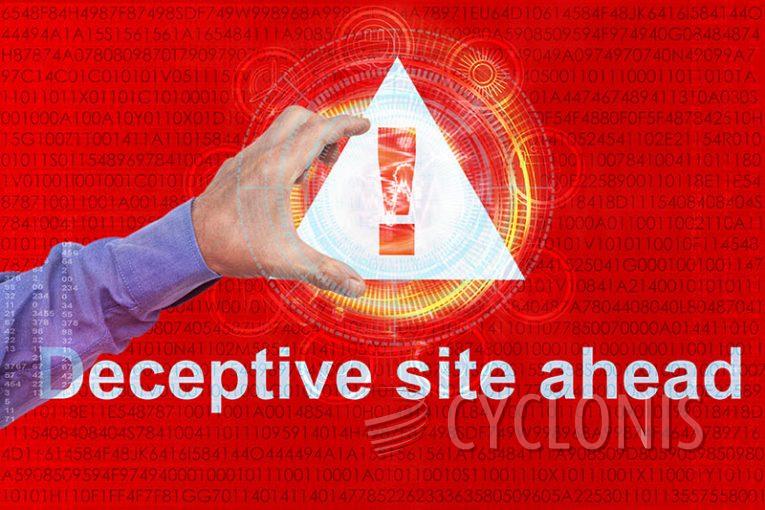Myabsconds.com Shows Fake Anti-Bot Check

We came across myabsconds.com, a misleading website, while investigating suspicious online pages. The website's primary purpose is to spam users with unwanted browser notifications and steer them toward other potentially untrustworthy or malicious websites.
Visitors typically land on pages like myabsconds.com through redirects triggered by websites that employ deceitful advertising networks.
It's worth noting that the behavior of rogue websites, including the content they host and promote, may vary depending on the visitor's location.
We identified at least two different versions of myabsconds.com. Both versions employ deceptive CAPTCHA verification to entice visitors into unwittingly granting permission for browser notifications. One variant prompts users with the message, "If you are human, click Allow," while the other instructs them to "Click Allow if you are not a robot."
Rogue websites utilize these notifications to execute intrusive advertising campaigns. The ads displayed often promote scams, untrustworthy or harmful software, and malware.
In summary, websites like myabsconds.com can expose users to a range of risks, including system infections, serious privacy violations, financial losses, and even identity theft.
What Are Rogue Advertising Networks?
Rogue advertising networks are networks of online advertising services or platforms that engage in deceptive, unethical, or malicious practices. These networks often operate outside of legitimate advertising industry standards and guidelines, and their activities can be harmful to users, advertisers, and website publishers. Here are some key characteristics and practices associated with rogue advertising networks:
- Malvertising: Rogue advertising networks may knowingly or unknowingly distribute malicious advertisements (malvertisements). These malicious ads can contain malware that, when clicked or viewed, can infect users' devices with viruses, ransomware, spyware, or other types of malicious software.
- Deceptive Practices: Rogue networks may engage in deceptive advertising practices, such as creating ads that mimic legitimate content or use clickbait tactics to lure users into clicking on them. These deceptive practices can lead to misleading or fraudulent experiences for users.
- Low-Quality Ads: Rogue networks often display low-quality or irrelevant advertisements that can disrupt the user experience on websites. These ads may include pop-ups, auto-play videos, and intrusive banners.
- Privacy Violations: Some rogue networks may collect and misuse user data without proper consent, violating privacy regulations and user trust. They may engage in tracking users' online behavior and preferences without transparent disclosure.
- Click Fraud: Rogue networks may generate fraudulent clicks on ads to inflate their revenue or deceive advertisers into thinking their campaigns are more successful than they actually are. This can lead to financial losses for advertisers.
- Phishing and Scams: Rogue advertising networks may promote phishing websites or scams that attempt to steal personal information, financial data, or login credentials from users.








